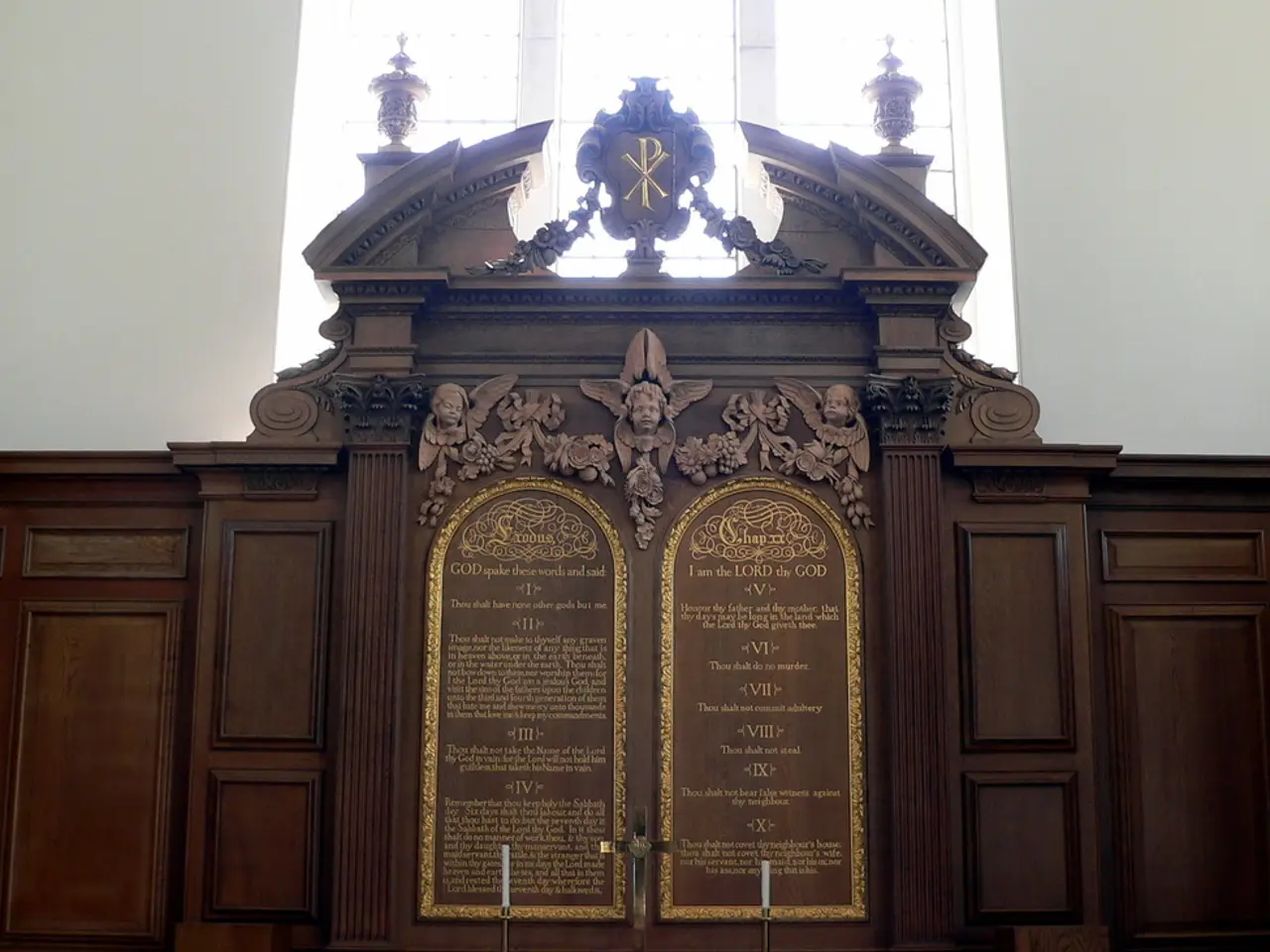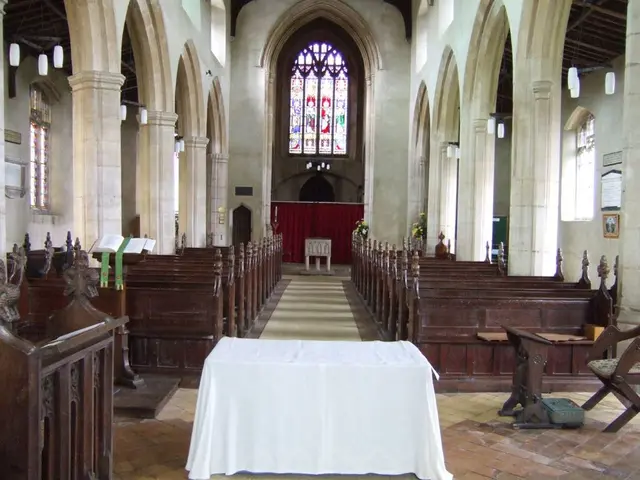Examination of The Met's Exhibition: 'The New Art: American Photography, 1839-1910 – An In-Depth Exploration'
In the mid-19th century, photography in America underwent a significant transformation, with the development and use of three primary early photographic processes: daguerreotypes, ambrotypes, and tintypes. This fascinating journey is the focus of the current exhibit at The Metropolitan Museum of Art, titled 'The New Art: American Photography, 1839-1910'.
The exhibit begins with the introduction of daguerreotypes in 1839, developed by Louis Daguerre. These highly detailed images were produced on silver-plated copper sheets, known for their clarity and fine detail. However, they required a long exposure time and a complex, delicate preparation and development process, making them expensive and fragile.
The ambrotype emerged in the early 1850s as a successor to daguerreotypes. Ambrotypes used a wet collodion process on glass plates, which were then backed by a dark material to make the negative appear as a positive image. Ambrotypes were less expensive and faster to produce than daguerreotypes and less fragile than glass negatives, as the final image was unique and couldn't be duplicated easily.
However, it was the tintype that truly revolutionised the field of photography and made it more accessible to the general public in the late 19th century. Tintypes used a similar wet collodion process but were created on thin iron sheets coated with enamel or lacquer. This made tintypes sturdy, lightweight, and much cheaper to produce. The process was faster, allowed for easier handling, and supported the rise of itinerant photographers who could travel and produce portraits outside of fixed studios.
This evolution charted a clear trajectory towards greater speed, affordability, accessibility, and practicality, broadening the social reach of photography in America from a luxury for the privileged to a mass phenomenon by the late 19th century.
The exhibit, 'The New Art: American Photography, 1839-1910', offers visitors a glimpse into this transformative period in American history, showcasing how photographic technology and practice shaped American identity and culture. The exhibit also features one of the earliest cameras used to produce ambrotypes, a large wooden box with a rudimentary camera lens and a sheet of metal showing the inverted image.
Visitors can witness the transition from the rigid, complex preparation processes of early daguerreotypes and ambrotypes to the swift, easy tintypes and later inventions. The exhibit highlights how photography is not one or the other; in fact, it is both, serving as a method of documentation and art.
The Metropolitan Museum of Art's new exhibit is currently on view through Sunday, July 20th, 2025. Don't miss this opportunity to immerse yourself in the early history of American photography and witness the remarkable journey from daguerreotypes to tintypes.
- The current exhibit at The Metropolitan Museum of Art, titled 'The New Art: American Photography, 1839-1910', explores the transformation of photography in America.
- The exhibit showcases the development of daguerreotypes, ambrotypes, and tintypes, three primary early photographic processes in the mid-19th century.
- Visitors can learn about the ambrotype, an affordable and faster alternative to daguerreotypes, which used a wet collodion process on glass plates.
- The exhibit also underscores the role of tintypes, which revolutionized the field of photography, making it more accessible by being sturdy, lightweight, and much cheaper to produce.
- The exhibit, alongside the historical milestones, delves into the relationship between photography, culture, and American identity during the transformative period of 1839-1910.




